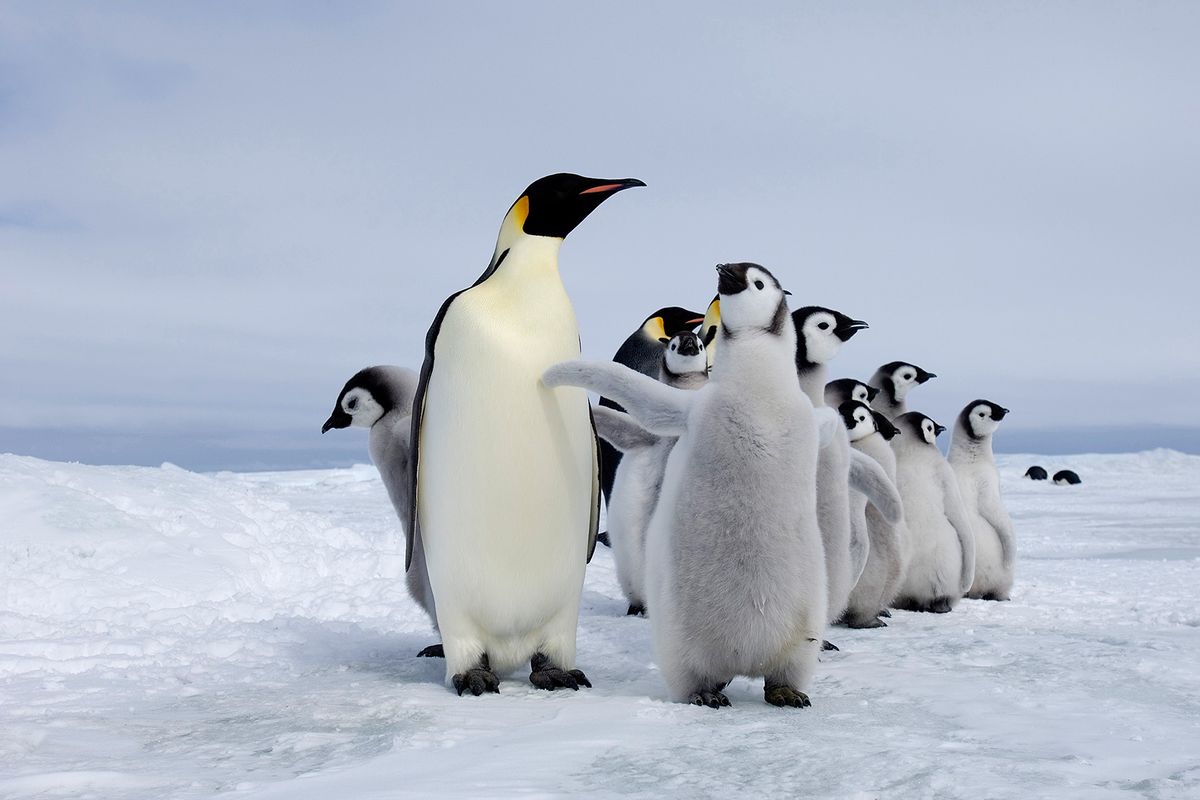Record-breaking amounts of ice are melting from high temperatures caused by global warming, and we lost a chunk the size of Argentina this year alone. Although some are forecasting what a future without polar ice would look like, that is already the reality for many creatures whose habitats rest on the planet’s poles.
In five regions of the Antarctic Peninsula, the loss of polar ice likely caused “catastrophic breeding failure” for emperor penguins that typically lay their eggs in the region, according to a new study in the journal Communications Earth & Environment. Four of the five breeding sites near the Bellingshausen Sea studied likely had zero chicks that survived the breeding season. At this rate, the melting of sea ice is predicted to cause over 90% of the penguin species to be quasi-extinct, or unable to sustain their population naturally, by the end of the century.
Antarctica has lost millions of kilometers of ice over the past several decades, with the lowest levels ever recorded through satellite imagery in 2021 and 2022. Between 2018 and 2022, 30% of emperor penguin colonies in Antarctica were displaced by polar ice loss. Typically, the species can move to high ground to breed, but as ice continues to melt in the region, they may someday have no place else to go. Researchers suggest the ice melted in the region this year before baby penguins developed waterproof feathers and learned to swim.
“We know that emperor penguins are highly vulnerable in a warming climate — and current scientific evidence suggests that extreme sea ice loss events like this will become more frequent and widespread,” said study author Peter Fretwell, Ph.D., of the British Antarctic Survey, in a press release.

